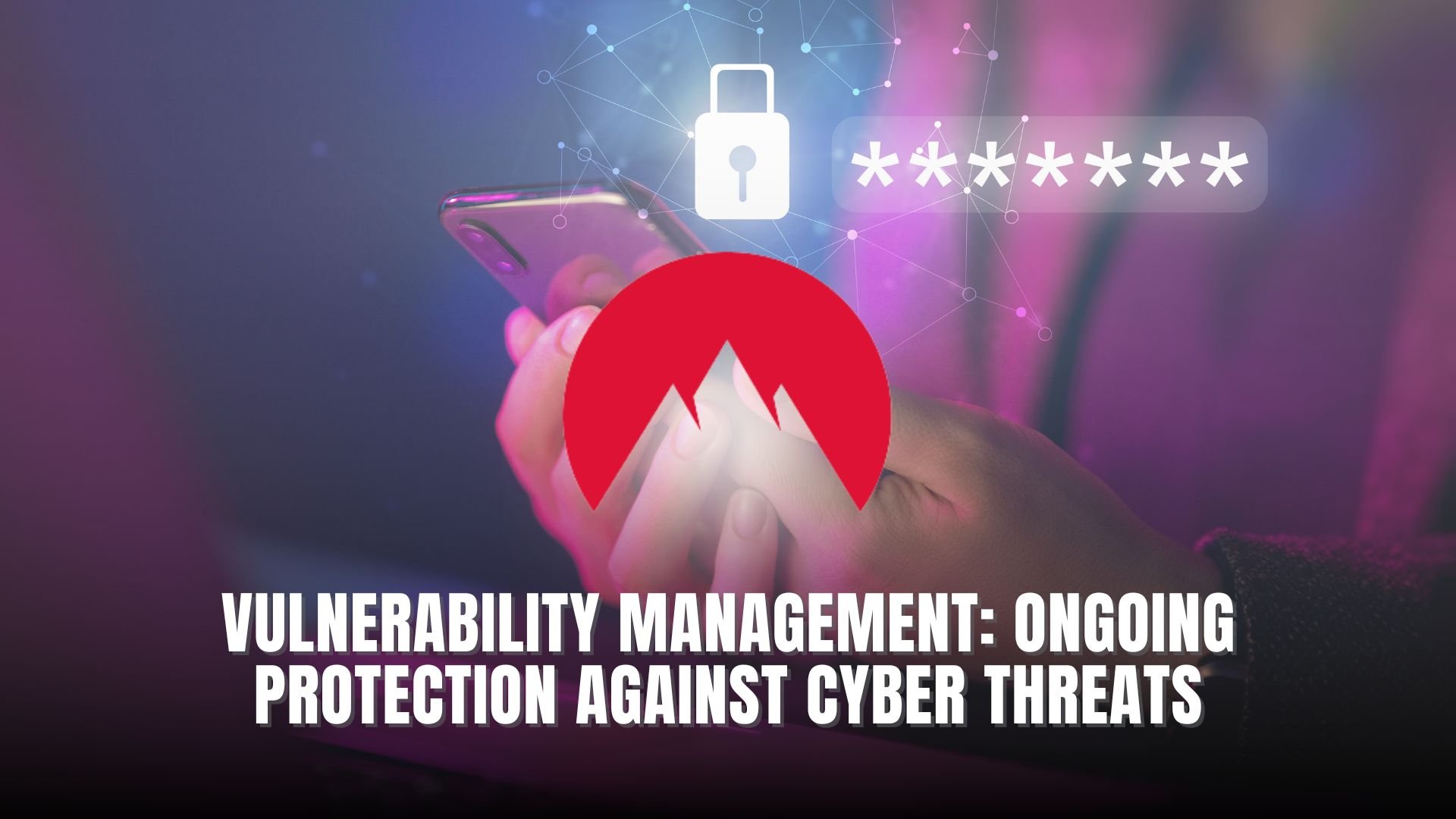Vulnerability Management: Ongoing Protection Against Cyber Threats
- Expense Management Software Credit Cards Investing Business Solutions


Vulnerability management is a critical process in cybersecurity, ensuring the ongoing protection of systems and applications against evolving cyber threats. By continuously identifying, evaluating, prioritizing, and remediating security gaps, organisations can maintain robust defences and minimise their exposure to potential risks. This article explores the significance of vulnerability management, focusing on the concept of continuous threat exposure management (CTEM), its application in cybersecurity, and its role in safeguarding modern digital infrastructures.
What Is Vulnerability Management?
Vulnerability management involves a systematic approach to identifying and addressing vulnerabilities across an organisation’s IT ecosystem. This includes:
- Identifying Vulnerabilities: Using tools to scan systems, applications, and networks for potential weaknesses.
- Evaluating Risks: Determining the severity and likelihood of threats exploiting identified vulnerabilities.
- Prioritising Remediation: Ranking vulnerabilities based on their risk levels to allocate resources effectively.
- Continuous Monitoring: Ensuring that systems remain protected against newly emerging threats.
By integrating a CTEM program, organisations can enhance their vulnerability management strategies, adapting quickly to the changing threat landscape.
Learn more about CTEM and how it contributes to robust cybersecurity.
Continuous Threat Exposure Management (CTEM): Definition and Importance
CTEM, or continuous threat exposure management, is a proactive approach to cybersecurity that focuses on managing vulnerabilities and exposure risks in real-time. Unlike traditional methods, CTEM ensures that:
- Threats are detected as they emerge.
- Vulnerabilities are patched promptly to prevent exploitation.
- Security measures evolve alongside sophisticated attack vectors.
CTEM security is pivotal in reducing attack surfaces while enabling organisations to stay ahead of cybercriminals. Vendors offering CTEM solutions help streamline this process by providing automated and real-time monitoring tools.
Key Components of a CTEM Program
Implementing a successful CTEM program involves several key components:
- Comprehensive Threat Intelligence: Leveraging data from multiple sources to understand potential risks.
- Real-Time Monitoring: Tracking system activities continuously to detect anomalies.
- Automated Remediation: Reducing manual intervention through tools that apply patches and updates efficiently.
- Collaboration Tools: Enabling cross-department coordination for faster threat response.
- Regular Security Audits: Ensuring compliance and identifying new vulnerabilities.
Investing in a robust cyber threat exposure management program ensures that organisations maintain a proactive stance against cyber threats.
The Role of CTEM in Cybersecurity
CTEM cybersecurity strategies revolve around mitigating risks before they escalate into significant issues. These strategies focus on:
- Enhancing visibility across all IT assets.
- Streamlining response times through automation.
- Reducing the likelihood of successful cyberattacks.
Adopting a CTEM approach allows businesses to adapt their security protocols dynamically. For instance, CTEM vendors provide real-time insights, helping organisations maintain optimal defence mechanisms without overburdening IT teams.
Explore tools that align with NordStellar’s CTEM framework for tailored cybersecurity solutions.
Benefits of Threat Exposure Management
Implementing effective threat exposure management yields numerous benefits, including:
- Minimised Downtime: Proactively addressing vulnerabilities reduces the risk of system failures.
- Improved Compliance: Ensures adherence to regulatory requirements and industry standards.
- Cost Savings: Prevents financial losses associated with data breaches and downtime.
- Enhanced Trust: Builds confidence among stakeholders and customers.
For organisations seeking guidance, platforms like Subscribed.FYI offer insights into the best tools to implement these practices seamlessly.
SaaS Products for Vulnerability Management
When choosing tools for vulnerability management, consider the following SaaS products that align with CTEM principles:
- Tenable.io – Offers advanced vulnerability scanning and risk prioritisation. Visit Tenable.io.
- Rapid7 InsightVM – Provides continuous vulnerability assessment and remediation. Learn more.
- Qualys VMDR – Combines vulnerability management with asset discovery and remediation. Check Qualys.
- CrowdStrike Falcon – Focuses on endpoint protection and threat intelligence. Explore Falcon.
- Nessus – Specialises in vulnerability scanning for IT and OT environments. Discover Nessus.
These tools cater to diverse organisational needs, making it easier to adopt a comprehensive vulnerability management strategy.
Why Subscribed.FYI Matters in Vulnerability Management
As organisations navigate the complexities of managing multiple cybersecurity tools, platforms like Subscribed.FYI simplify the process. Subscribed.FYI empowers users to:
- Compare features and pricing of CTEM vendors.
- Access exclusive deals on SaaS products for vulnerability management.
- Centralise subscription management to avoid unnecessary expenses.
By using Subscribed.FYI, businesses can make informed decisions, optimise their cybersecurity budgets, and stay ahead of threats. Whether you’re a freelancer or part of a large organisation, Subscribed.FYI caters to diverse requirements, ensuring seamless management of cybersecurity tools.





